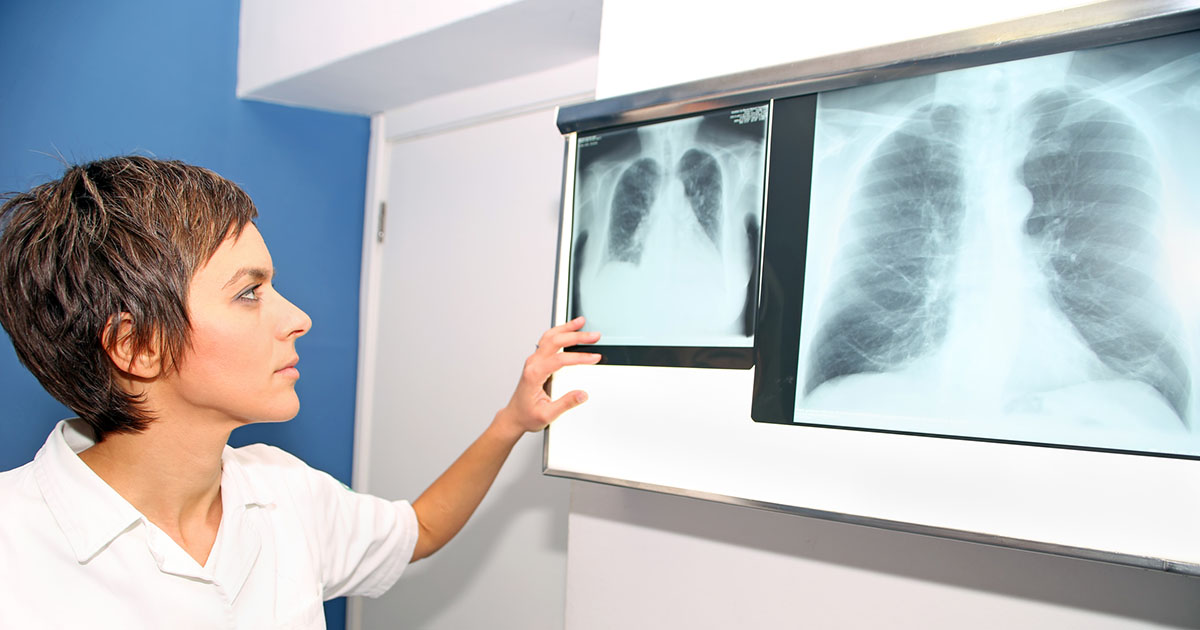The Dangers Of Deep Vein Thrombosis
Complications Associated With DVT

One of the scariest and occasionally fatal complications of DVT is the patient developing a pulmonary embolism. As previously mentioned, a pulmonary embolism occurs when a blood clot travels to the lung from another area of the body, typically from the leg, and blocks a blood vessel in the lung. A pulmonary embolism can be life-threatening, and it is essential for a patient to be aware and watch for its signs and symptoms and seek medical attention immediately if they notice any of them. Signs and symptoms of a pulmonary embolism include sudden shortness of breath, chest pain or discomfort that worsens when a patient takes a deep breath or coughs, experiencing dizziness or fainting, a rapid pulse, and coughing up blood.
Another common complication associated with DVT is postphlebitic syndrome, which occurs after DVT and is when the veins become damaged from the blood clot and decrease blood flow in the affected areas. Signs and symptoms of this complication include persistent swelling of the legs, known as edema, leg pain, skin discoloration and skin sores.
When To See A Doctor

Deep vein thrombosis is a serious medical condition that should be closely monitored and prevented at all costs. Individuals who have a family medical history of blood disorders and blood clotting may inherit these disorders, and thus should visit their doctor frequently, especially if they experience one or more of the risk factors, such as if they are overweight or smoke.
If an individual is experiencing any symptoms of DVT, whether they are at an increased risk or not, should contact their doctor immediately or go to the closest emergency room to prevent further complications, such as a pulmonary embolism. If someone does not believe they have DVT but are concerned they could be at risk for developing the condition, they should schedule an appointment with their doctor, as their doctor can prescribe preventive treatment if necessary.
